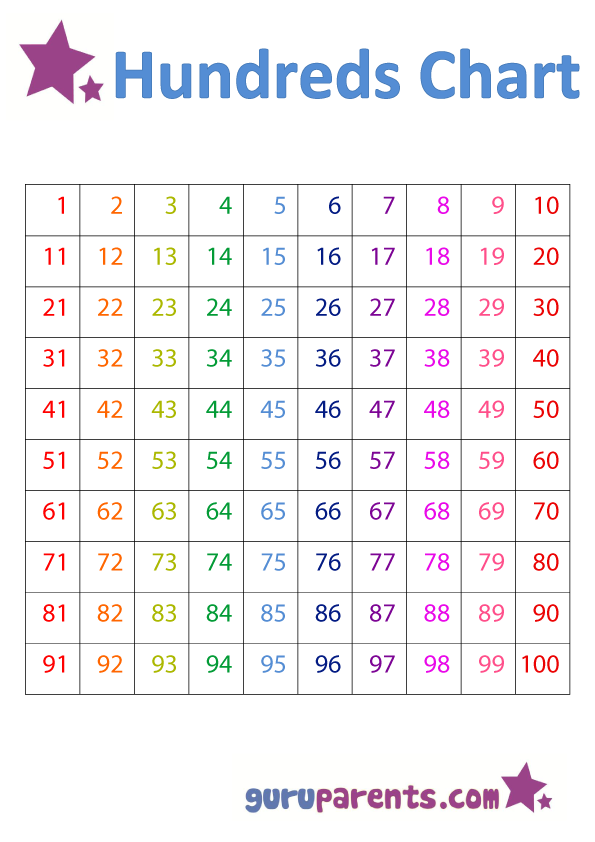Patterns are all around us, and learning to recognize patterns is important in every day life. A combination of art and math, patterns are fun for children to create. These hands-on activities will show your child how to identify a pattern, and practice replicating one.
Pattern Activities
1. Blocks blocks blocks
Using colored blocks, create a row of one color. Then stack a different single color. Next, suggest to your child that you each pick a color and build a row using two colors, taking turns to place one block at a time. As you are stacking, announce the color, for example – red, black, red, black, red, black. This way, your child can hear the pattern of colors as well as seeing them. Ask your child ‘What color is next?’.
Once your child is familiar with two-color patterns, you could introduce a third color or vary the pattern for more complexity, for example – red, red, black; red, red black.
2. Patterns of shapes
Similar to the activity above, except this time you are drawing, painting or sticking shapes. Start by drawing two shapes, repeating this (‘circle, square, circle, square, circle…’) and then ask your child ‘What shape is next?’.
Add complexity by introducing a third shape, varying the pattern, or colour the shapes to make it as difficult as you like!
3. Patterns in the wild
Discuss with your child what animals have patterns. Which animals have stripes and which ones have spots? You might want to draw the animals (really testing the artist in you!) or print/cut them out and group them. For example, sort the following animals: zebra, lady beetle, giraffe, tiger, leopard, bee, butterfly, dalmation. Then put all the animals with stripes on one side of the paper, and all the animals with spots on the other side.
4. Number patterns
Using our own Hundreds Chart as a guide, draw up a grid of ten by ten rows. With your child’s assistance (or vice-versa), number each box starting from 1 to 100, from left to right. Discuss with your child the number patterns visible in each row and column. For example, the numbers in the second row all start with 1, third row start with 2 and so on. The numbers in the first column all end in 1, second column end in 2 and so on.
You could color each row or column a different color. Using a marker or small piece of paper, block out one number and ask your child which number is missing. There are many ways they can resolve this – by using patterns or number sequence!
More Math Activities & Resources
Preschool Math – Weighing and Measuring – more fun activities that you can do around the house with your child, introducing the concepts of length, weight and capacity.
There are many other everyday activities involving math you can discuss with your child such as sports statistics, bus and train timetables and restaurant menus.
Looking for more inspiration? Try our Preschool Number Activities or Preschool Math Songs!

